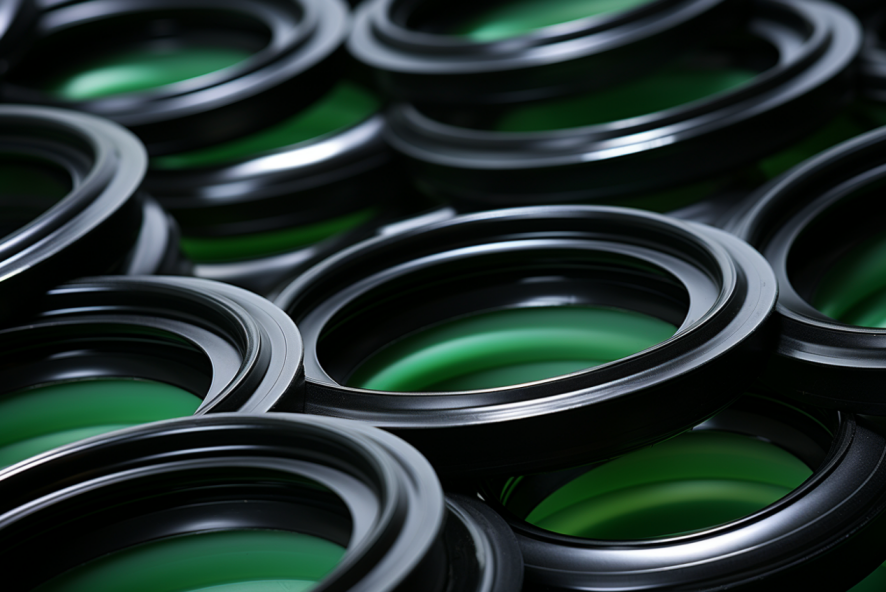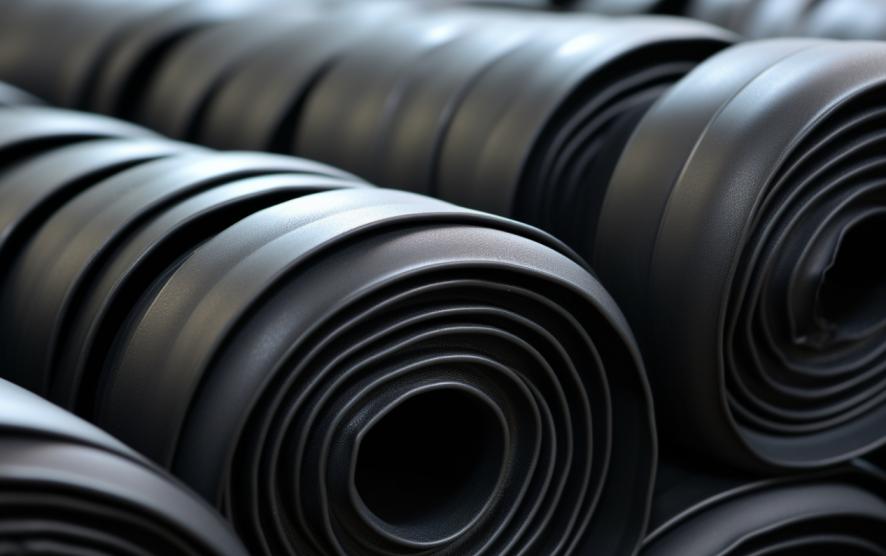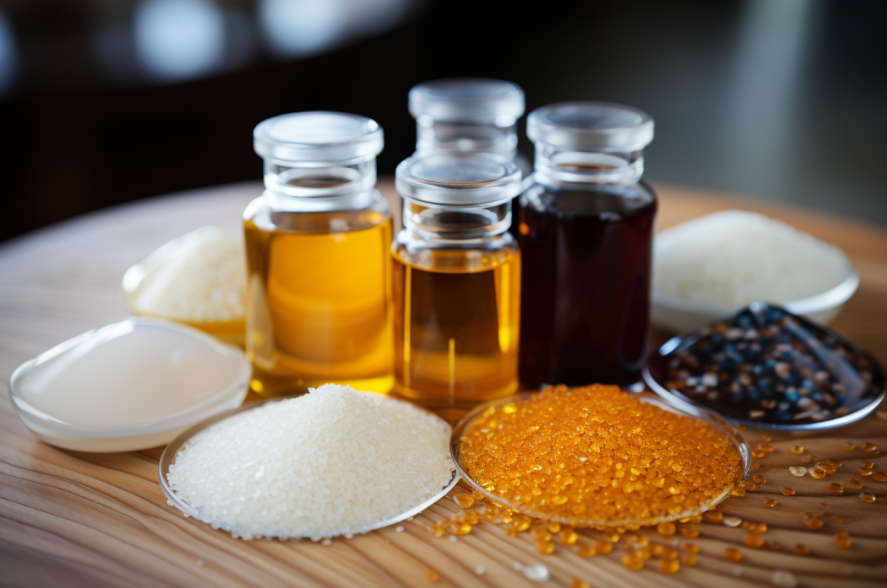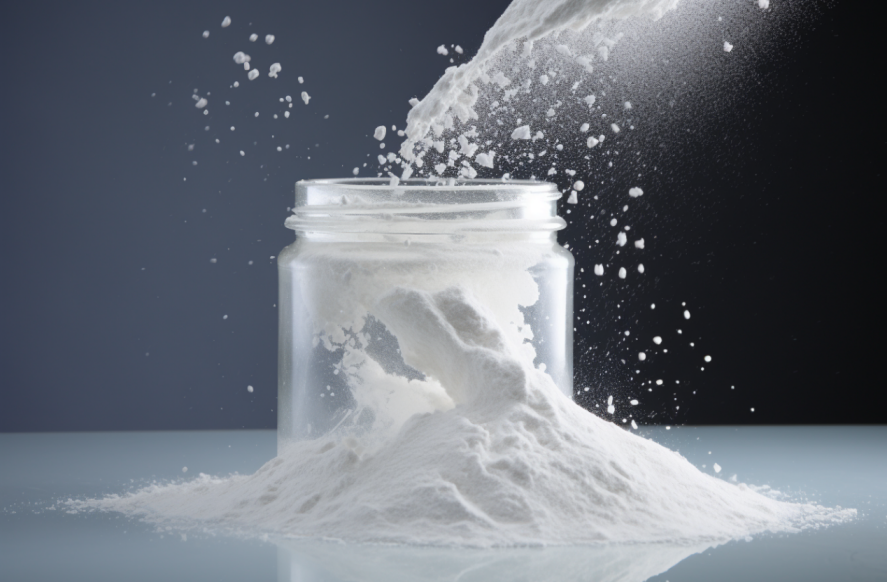How to Mitigate the Impact of Rising Chloroprene Rubber Price on Your Business?
27/09/2024
The rising cost of chloroprene rubber (CR), also known as neoprene, has become a pressing concern for various industries that rely on its adaptability and versatility. As market fluctuations continue to cause unpredictable Chloroprene Rubber Price shifts, businesses are finding it more difficult to balance production costs with profitability. However, compared to those who remain passive, companies that adopt strategic measures can reduce the negative impact of Chloroprene Rubber Price increases more effectively. These well-designed strategies not only offer stability but also build resilience in the face of economic pressure. This article explores various approaches businesses can use to navigate the complexities of rising chloroprene rubber costs, providing a practical comparison of different ways to alleviate financial strain.

Understanding the Causes of Chloroprene Rubber Price Increases
Global Supply Chain Disruptions
The disruption of global supply chains stands as a key factor contributing to the rising price of chloroprene rubber. Like other critical industrial materials, the chloroprene rubber market is significantly reliant on the seamless availability of raw materials, the efficiency of logistics, and the fluctuating costs of energy used in transportation. As a result, disruptions within these intricate networks can lead to rapid price surges. Businesses, therefore, must maintain constant vigilance in monitoring shifts in global market dynamics, particularly those affecting prominent suppliers such as CHEMBROAD, in order to make informed and strategic procurement decisions.
By gaining a more thorough understanding of the fundamental causes of supply chain disruptions, companies can adopt more proactive approaches to adjusting their procurement strategies. For example, diversification of suppliers or a strategic increase in inventory levels may provide an effective buffer against sudden shortages or unexpected Chloroprene Rubber Price hikes. Additionally, companies that closely monitor international geopolitical events, trade restrictions, and broader macroeconomic influences on global logistics will be better positioned to anticipate and respond to market changes.
Rising Costs of Raw Materials
The production of chloroprene rubber is deeply dependent on petrochemical feedstocks, materials that are subject to volatility in the global oil market. As oil prices rise, the corresponding costs of producing chloroprene rubber increase as well, frequently leading suppliers such as CHEMBROAD to pass these additional expenses on to their customers. In order to reduce exposure to these cost increases, companies should carefully track trends in oil prices and fluctuations in other key raw materials, enabling them to predict and plan for potential Chloroprene Rubber Price spikes with greater accuracy.
Long-term relationships with trusted suppliers can provide businesses with an additional layer of protection against raw material volatility. Through the cultivation of such relationships, companies may be able to negotiate contracts that secure more stable and favorable pricing for chloroprene rubber. Working with established suppliers like CHEMBROAD to achieve long-term price stability can help companies avoid the full impact of unpredictable market shifts—a strategy that is particularly advantageous for businesses that require a consistent supply of neoprene for ongoing operations.
Environmental Regulations and Sustainability Requirements
The tightening of environmental regulations governing chemical production and industrial manufacturing processes has also contributed to the rising costs of chloroprene rubber. In response to growing global concerns over carbon emissions and environmental sustainability, governments have introduced increasingly rigorous standards regulating the production of synthetic rubbers. This shift toward stricter regulations has led to higher production costs for manufacturers like CHEMBROAD, who, in turn, may pass these costs on to consumers, resulting in higher prices for chloroprene rubber.
For businesses that depend heavily on chloroprene rubber, adopting sustainable practices in alignment with these regulations can mitigate the financial impact of Chloroprene Rubber Price increases. Optimizing internal manufacturing processes—through reducing waste and energy consumption—enables companies to lower costs in other areas, helping to offset the increased costs associated with chloroprene rubber. Moreover, businesses that adopt environmentally conscious practices may qualify for tax incentives or subsidies in certain jurisdictions, further reducing operational expenses and increasing overall profitability.

Optimizing Procurement Strategies for Chloroprene Rubber
Strengthening Supplier Relationships
A well-established method for addressing the rising cost of chloroprene rubber involves developing and nurturing strong, mutually beneficial relationships with key suppliers like CHEMBROAD. Through continuous, open communication, businesses can secure more favorable terms, gain valuable insights into market trends, and anticipate price changes before they occur. Furthermore, close collaboration with suppliers can unlock opportunities for bulk purchasing, often accompanied by substantial discounts based on volume.
Forging long-term partnerships with reliable suppliers enables companies to gain leverage in negotiations, which can result in more competitive pricing structures or early warnings about impending Chloroprene Rubber Price adjustments. Armed with this knowledge, businesses can devise more effective long-term operational plans. Additionally, suppliers may be more inclined to offer flexible payment arrangements or other concessions to loyal customers who maintain consistent ordering patterns, further reducing the impact of price increases.
Diversifying Supplier Networks and Sourcing Alternatives
Exclusively relying on a single supplier can expose businesses to significant risks, particularly in times of unpredictable market conditions. To mitigate these risks, companies should consider diversifying their supplier networks. Doing so opens up access to more competitive pricing and provides a safeguard against disruptions from any individual supplier, including those like CHEMBROAD.
Exploring the possibility of sourcing alternative materials or acquiring supplies from various geographical regions may also provide relief from rising costs. While chloroprene rubber is indispensable for specific critical applications, other types of synthetic rubbers may serve as suitable substitutes in less demanding cases. By maintaining flexibility in material sourcing, businesses can reduce their dependency on any single supplier or material, helping to soften the blow of price increases.
Leveraging Supplier Contracts to Address Volatility
Another approach businesses can adopt to mitigate the financial burden of rising chloroprene rubber prices is to negotiate contracts with suppliers that account for price volatility. Such contracts might include price ceiling clauses or provisions for price adjustments based on predetermined factors, such as changes in the costs of raw materials. Collaborating with suppliers like CHEMBROAD to create contracts that reflect these factors allows companies to shield themselves from sharp price fluctuations and maintain greater budget predictability.
By securing contracts with fixed or gradually adjustable pricing terms, businesses can prevent the financial strain caused by sudden Chloroprene Rubber Price spikes. This strategy is particularly beneficial for companies engaged in long-term projects that require a steady and reliable supply of chloroprene rubber. Additionally, contracts may include provisions for volume-based discounts or other incentives that help businesses reduce overall material costs.
Enhancing Operational Efficiency to Offset Rising Costs
Streamlining Production Processes
In light of increasing material costs, one of the most effective strategies businesses can employ is to improve overall operational efficiency. Streamlining production processes can significantly reduce waste, optimize the use of resources, and lower energy consumption, all of which contribute to lowering production costs. By refining workflows and investing in automation technologies, businesses can offset the rising expenses associated with chloroprene rubber.

Routine assessments of production processes allow companies to identify inefficiencies and implement targeted improvements. These efforts may involve upgrading equipment, retraining staff, or integrating new technologies. By minimizing downtime, reducing material waste, and maximizing production output, businesses can enhance profitability even in the face of rising raw material costs.
Lean Manufacturing to Minimize Waste
The principles of lean manufacturing, which emphasize waste reduction and efficiency maximization, are particularly relevant for businesses contending with rising material costs. By adopting lean manufacturing techniques, companies can substantially reduce their consumption of chloroprene rubber and other raw materials, thereby minimizing the financial impact of Chloroprene Rubber Price increases. For example, just-in-time production strategies help businesses lower the costs of maintaining large inventories while ensuring they have sufficient material to meet production demand.
Working closely with suppliers like CHEMBROAD to synchronize supply deliveries with production schedules allows companies to minimize excess inventory costs while ensuring access to necessary materials. Lean manufacturing principles also promote a culture of continuous improvement, encouraging businesses to consistently evaluate and refine their processes for greater efficiency.
Investing in Research and Development (R&D)
For businesses highly dependent on chloroprene rubber, investing in research and development (R&D) can provide long-term solutions to rising material costs. By exploring alternative materials, developing innovative production techniques, or creating products that require less material, companies can gradually reduce their reliance on expensive resources. Collaboration with suppliers like CHEMBROAD on R&D initiatives can lead to cost-effective solutions that benefit both parties.
Research and development can lead to breakthroughs that improve product performance while lowering production costs. For instance, companies may discover new formulations or composite materials that offer similar properties to chloroprene rubber but at a lower price point. Additionally, R&D investments in more efficient production processes can reduce the amount of material required per unit, further mitigating the financial impact of rising raw material costs.
Conclusion
In summary, while the rising cost of chloroprene rubber presents significant challenges for businesses across various industries, several strategies can be employed to mitigate these effects. By gaining a comprehensive understanding of the factors driving Chloroprene Rubber Price increases, optimizing procurement strategies, improving operational efficiency, and investing in research and development, businesses can protect their profitability and maintain a competitive edge in the marketplace. Suppliers like CHEMBROAD play a critical role in supporting these efforts, offering flexible contracts, valuable insights, and dependable supply chains to help businesses navigate price volatility effectively.




